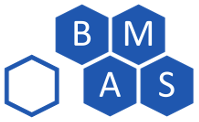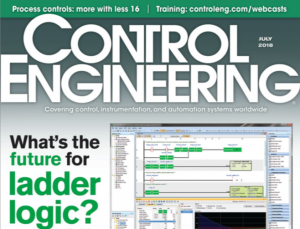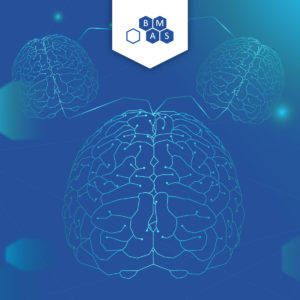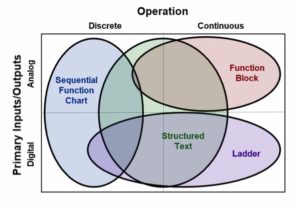
The automation industry has stayed remarkably consistent in the way it approaches programming and technology, despite the drastic changes that have swept through consumer and commercial tech. Following are two more reasons I think drastic change is coming to industrial automation in the next decade. In case you missed it, I fully introduce this topic here.
Changing Workforce
The manufacturing workforce has been dominated by baby boomers for twenty years, but they’re getting ready to retire. A recent ThomasNet survey shows that 38% of the manufacturing industry workforce expects to retire in the next 10 years, and millennials are expected to represent about 75% of the workforce in 2025. That change of people will bring a drastic change to industry’s approach to technology. Millennials have grown up with computers and fast-changing technology, and are known for quickly assimilating and adopting new technologies. Most people graduating with technical degrees also have some experience with computer programming, but not usually ladder logic, so they will probably tend towards text-based and object oriented languages which will nudge the industry in that direction. Since any technology can only change as fast as people are willing to adopt it, we’ll likely see a whirlwind of changes in the next decade with the new management’s approach to technology.
Technology at the Fringes
Despite industry’s general aversion to change, some newer industrial technologies are heavily influenced by consumer and commercial electronics trends. This is the entry point that new approaches always take, the beech head, if you will. As they get more established, we’ll likely see these approaches permeate the entire industry. 3D scanners are a perfect example. They’re relatively new to the market, so they don’t have a lot of prior art to try to stay consistent with. They generate a lot of data that can be processed for different purposes, so manufacturers build extensibility into the programming. This shows up as APIs (application programming interfaces), SDKs (software development kits), and other programming tools borrowed from the PC world and far from ladder logic. 3D scanning is obviously a very different application than a PLC handles, but as more new technologies emerge with PC-esque programming, I think it will become more and more accepted. Eventually, I think it’ll even be common in PLCs (or PACs or whatever the then standard term will be). —

About the Author
Jon is an engineer, entrepreneur, and teacher. His passion is creating and improving the systems that enhance human life, from automating repetitive tasks to empowering people in their careers. In his spare time, Jon enjoys engineering biological systems in his yard (gardening).









